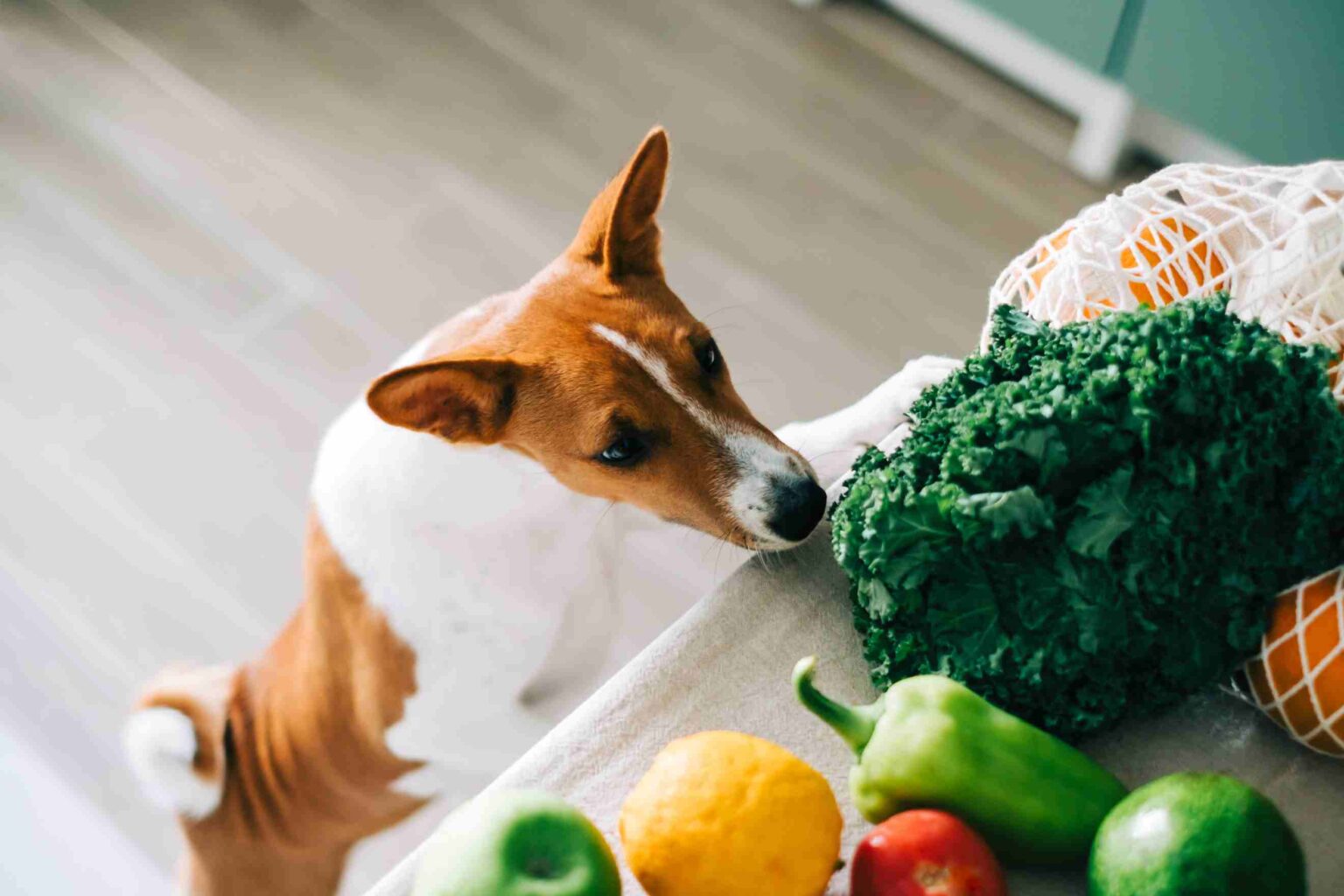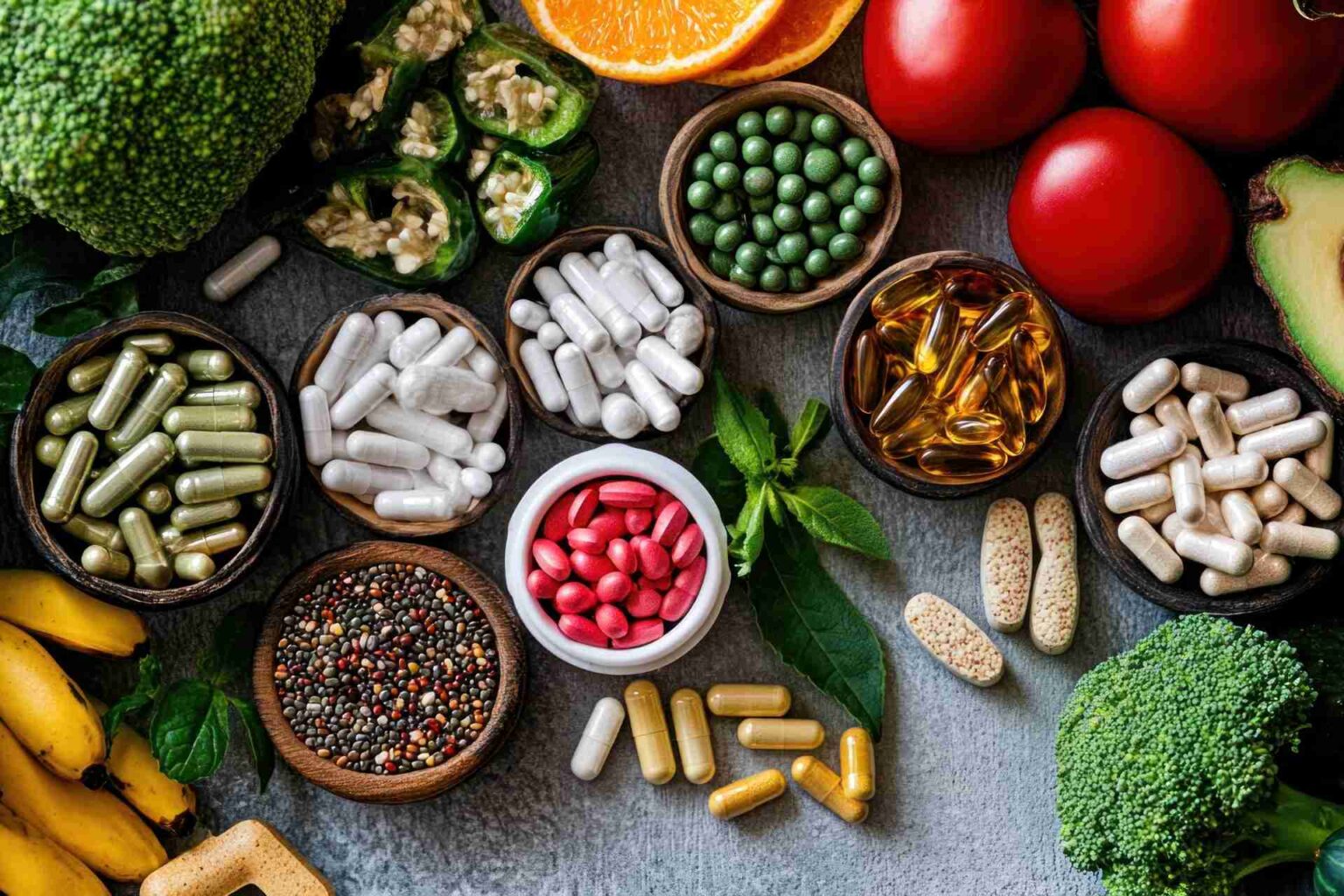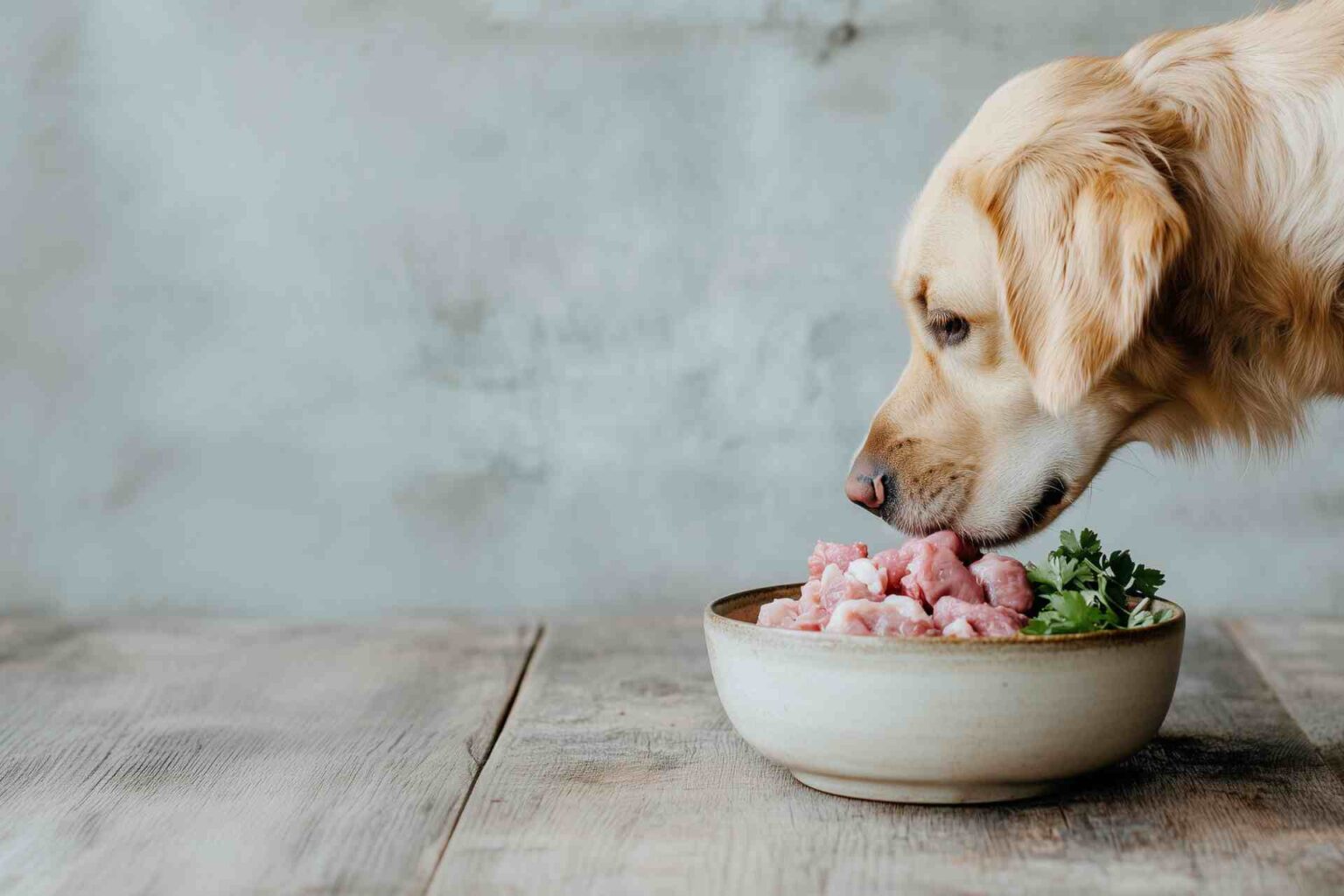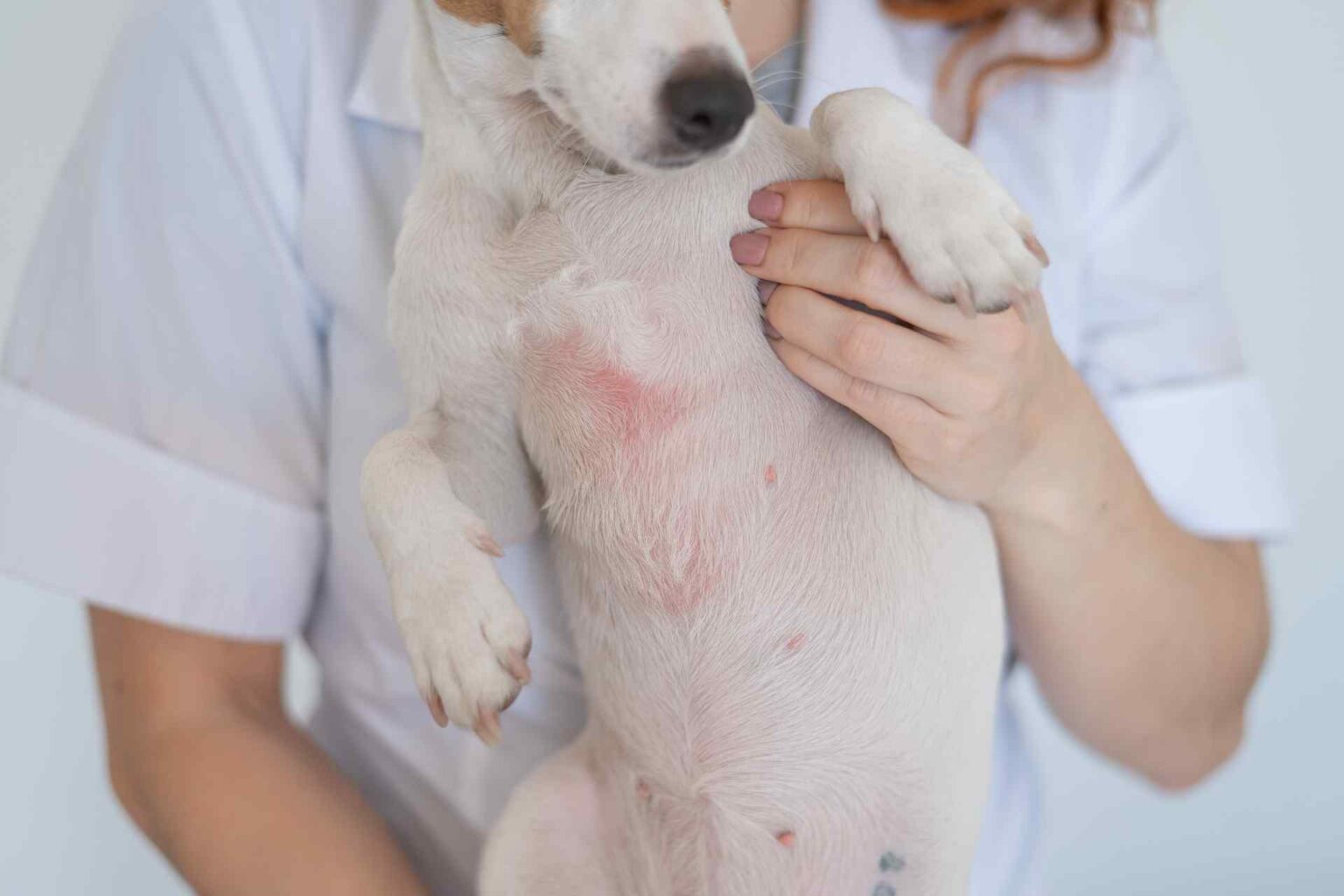Using genetic sequencing techniques, it has been determined that the microbiome of the healthy dog includes a much higher number of bacterial diversities than assumed based on traditional culture or PCR techniques. Today it is also believed that in dogs-as, moreover, in humans-periodontal disease is not caused by one or more pathogens, but actually depends on a change in the microbiome arrangement in which Gram-positive aerobic bacteria are no longer dominant, but Gram-negative anaerobic bacteria become so. In this way, the microbial balance in the oral cavity is lost, and dysbiosis transforms the physiological microbiome into a pathobiome.
To assess the characteristics of this change, a U.S. study published in the journal American Journal of Veterinary Research analyzed, by next-generation genetic sequencing, the oral bacteriome of 12 dogs without periodontal disease, 10 dogs with mild periodontal disease, 19 dogs with moderate periodontal disease, and 10 dogs with severe periodontal disease. Thus, 714 bacterial species belonging to 177 families were identified. The three most frequent species were Actinomyces sp., Porphyromonas cangingivalis and Campylobacter sp. The most abundant species were P. cangingivalis, Porphyromonas gulae, and an undefined Porphyromonas. Both Porphyromonas cangingivalis and Campylobacter sp. were part of the core microbiome shared by all dogs, while P. gulae, appeared significantly enriched in the group with severe periodontopathy and was part of the core microbiome shared by dogs with periodontitis. The core microbiome of dogs with severe periodontitis was composed of Christensenellaceae sp., Bacteroidales sp., Family XIII sp., Methanobrevibacter oralis, Peptostreptococcus canis, Tannerella sp.
The study, in practice, described the gradual evolution in a pathogenic direction of the oral microbiome of dogs with periodontitis and attests that even in the absence of periodontal disease, the microbiome includes some potential pathogens and that the relative abundance of certain components is associated with the severity of periodontitis.
The first study of oral mycobioma in the dog
Although there is growing awareness that in humans mycetes play an important role in the development of periodontal disease, in dogs there are no data on the subject, and the same U.S. team therefore also wanted to assess the link between oral mycobioma and periodontitis, publishing the results in an additional paper anticipated online in theAmerican Journal of Veterinary Research. A total of 320 species of fungi were thus identified , belonging to 135 families. The three most frequent species were Cladosporium sp, Malassezia restricta, and Malassezia arunalokei . Significantly associated with different evolutionary stages of periodontitis were fungi belonging to the families Didymellaceae and Irpicaceae, and the order Pleosporales. Based on mycological analysis, Cladosporium sp. is part of the core mycobiome of the oral cavity.
As this study attests, therefore, fungi are not only present in the dog’s oral cavity with substantial diversity, but some specific communities are directly involved in the progression of periodontitis. In light of both papers, it is possible that future treatment and prevention of periodontitis in dogs will need to take into account the composition of the microbiome and mycobiome of the oral cavity.
Reference
Niemiec BA, Gawor J, Tang S, Prem A, Krumbeck JA. The mycobiome of the oral cavity in healthy dogs and dogs with periodontal disease [published online ahead of print, 2022 Jan 1]. Am J Vet Res. 2022;1-8. doi:10.2460/ajvr.20.11.0200
Niemiec BA, Gawor J, Tang S, Prem A, Krumbeck JA. The bacteriome of the oral cavity in healthy dogs and dogs with periodontal disease [published online ahead of print, 2022 Jan 1]. Am J Vet Res. 2022;1-9. doi:10.2460/ajvr.21.02.0027

